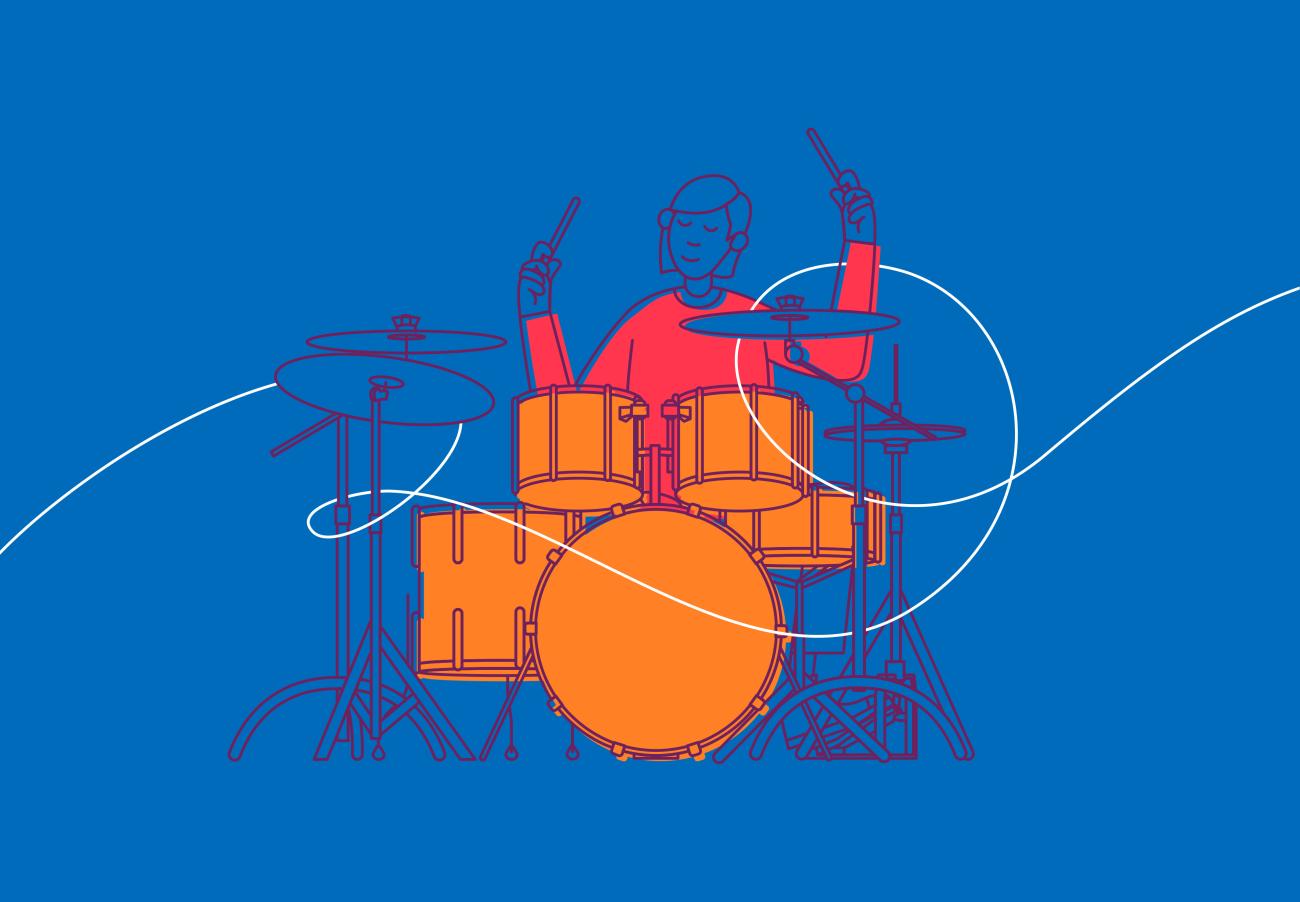Joseph Bologne, the Chevalier de Saint-Georges

Composer and performer Althea Talbot-Howard has arranged music by the Chevalier de Saint-Georges, some of which features in our Woodwind and Piano syllabuses. In the first of a series on the lives of influential composers, Althea shines a spotlight on this extraordinary musician.
Read Althea's other articles on Ignatius Sancho and Samuel Coleridge-Taylor.
“He [Saint-Georges] is the most accomplished Man in Europe in Riding, Running, Shooting, Fencing, Dancing, Musick. He will hit the Button, any Button on the Coat or Waistcoat of the greatest Masters. He will hit a Crown Piece in the Air with a Pistoll Ball.”
From the diary of second US President and Founding Father John Adams (1779)
Joseph Bologne (1745-1799), also known as the Chevalier de Saint-Georges, has had a very, very big year in 2023. Not only did the film Chevalier come out in April to good reviews but even more of his music made it onto the ABRSM syllabuses! Three pieces feature on the new Violin and Viola syllabuses from 2024, in addition to three others on the current Piano and Woodwind syllabuses.
Joseph was born on a plantation, on the Caribbean island of Guadeloupe. His mother was a young, enslaved woman, his father, her French owner. His father had aristocratic French connections, which stood Joseph in good stead, once the family sailed for Paris, when he was seven.
Joseph was brought up as his father’s heir. He received instruction in a variety of upper-class pursuits. Violin, fencing, riding and the art of dancing were all things at which he excelled. They equipped him not only to become France’s pre-eminent swordsman – which helped to earn him his title ‘Chevalier’, meaning ‘knight’ – but also to become a musical associate of the queen of France herself, Marie Antoinette.
 1770 ushered in a powerful decade for Saint-Georges’s musical career. He stunned Parisian audiences with his virtuosic violin playing, he conducted an orchestra and he worked with – and composed music for – opera singers. He was acquainted with the composers Gossec and Mozart, as well as with the queen. In 1778 he and Mozart even lodged together shortly after Mozart composed his Concerto for Flute, Harp and Orchestra in C major during his Parisian tour.
1770 ushered in a powerful decade for Saint-Georges’s musical career. He stunned Parisian audiences with his virtuosic violin playing, he conducted an orchestra and he worked with – and composed music for – opera singers. He was acquainted with the composers Gossec and Mozart, as well as with the queen. In 1778 he and Mozart even lodged together shortly after Mozart composed his Concerto for Flute, Harp and Orchestra in C major during his Parisian tour.
It was during this period that Saint-Georges composed the works that ABRSM has selected for its syllabuses.
You’ll find them on the A lists for Violin (Grades 1, 2 and 7), Viola (Grades 1 and 2), Piano (Grade 2) and Descant and Treble Recorder (Grade 2), and on the B list for Grade 5 Saxophone.
Saint-Georges spent the better part of ten years as the toast of Paris, being a prolific composer, superstar violinist and unbeatable fencer. After that, he started to move away from his aristocratic lifestyle. He became increasingly involved in the abolitionist movement, working to end slavery, first in Paris, later in London, where he gained public acclaim as both a musician and a swordsman. When revolution broke out in France in 1789, Saint-Georges, upon his return to France, turned his back on the queen and her court and instead offered his services to the Revolutionary Army. He was eventually given command of a special cavalry company made up entirely of Frenchmen of African descent: the Légion franche de cavalerie des Américains et du Midi .
Although he continued to put on as many concerts as he could during the revolutionary period, Saint-Georges was much occupied with the military matters that took him around France. He was also imprisoned, for a time. Dismissed from the army in the mid-1790s, he found himself more at liberty to promote concerts and return to music making. He died of natural causes in 1799.

